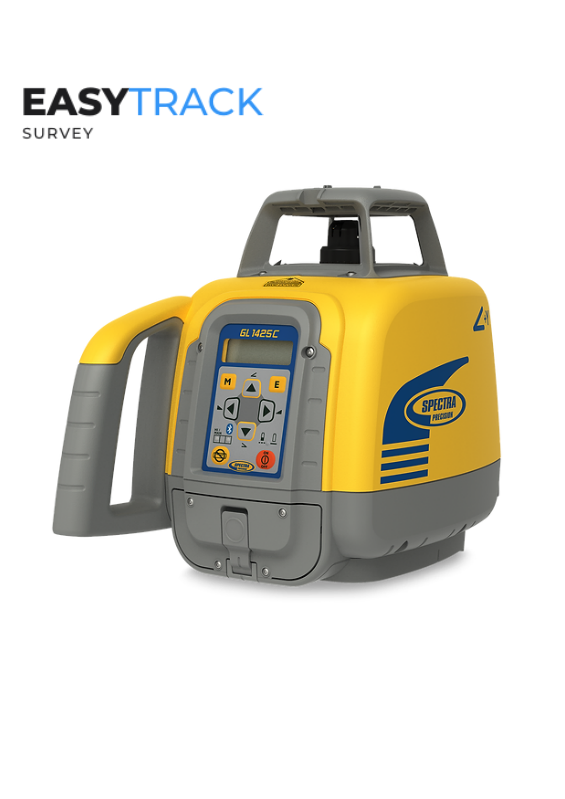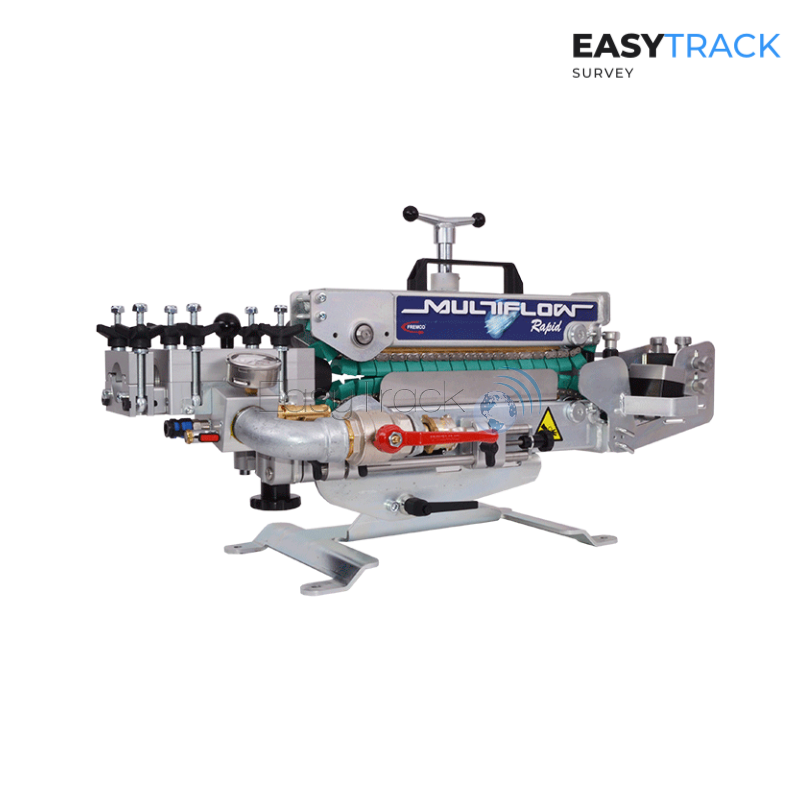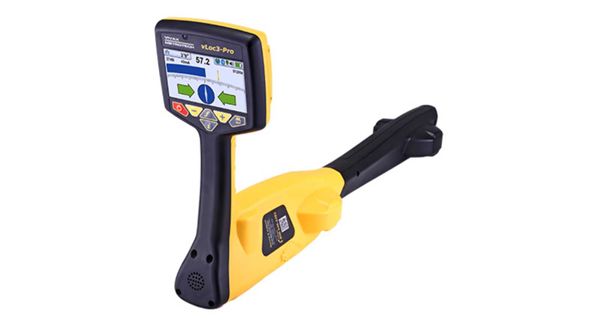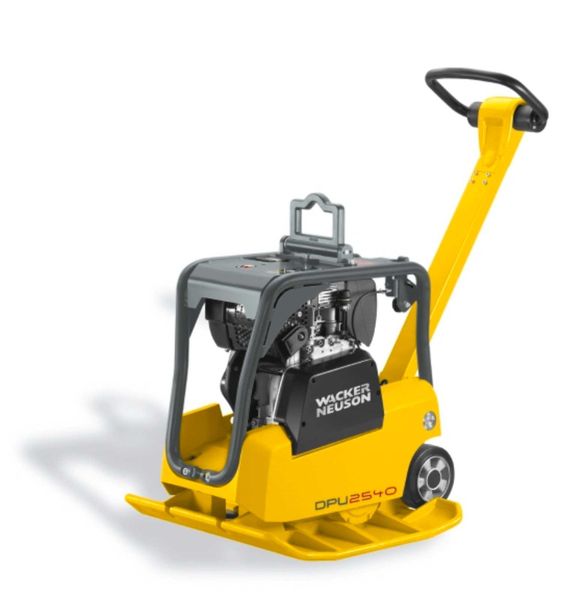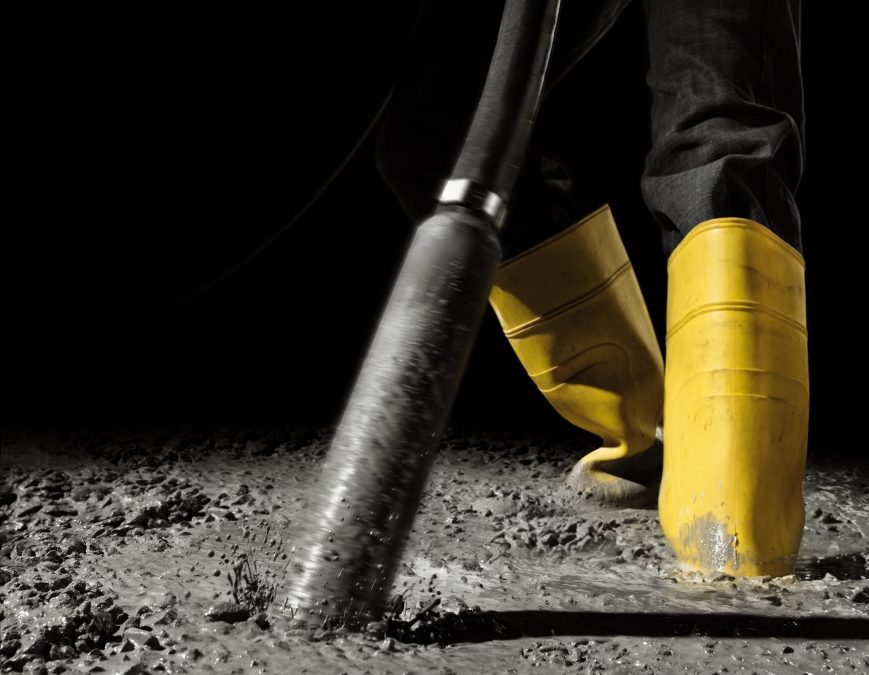
7 Tips for Ideal Concrete Consolidation with Internal Vibrators
Artistic concrete elements are popular in the design of gardens, parks or green areas and can be created by yourself with the right technology and suitable accessories. Here, you can find 7 tips on achieving optimum quality and a fine appearance with concrete consolidation using internal vibrators:
1. Concrete formwork
First of all, the concrete element formwork should be clean. This specifically means it should not contain any bent nails, holes or remnants from previous concrete work. Residue would otherwise be depicted on the concrete surface and the result of the concrete consolidation would no longer be even or smooth.
2. Setting up the concrete formwork
When setting up the concrete formwork, care must be taken to give the formwork a structured appearance: if, for example, the joints are not even, this also affects the uniform appearance of the finished element.
3. Concrete and parting agents
To keep the surface smooth for the design elements in concrete consolidation, take care to use a parting agent suitable for the concrete and formwork selected. The parting agent prevents the concrete surface from bonding to the formwork surface, similar to greasing cake molds, in order to be able to strip the formwork from the concrete element later without damaging it.
4. Height of the poured layers
These should not exceed 50 centimeters.
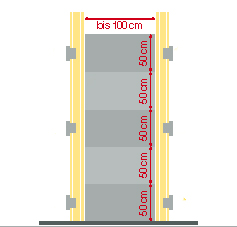
5. Sufficient compaction
Every poured layer must be sufficiently compacted, for example using internal vibrators, to keep a sophisticated look with a low number of pores. To do so, just keep dipping the internal vibrator head into the concrete again and again at the specified insertion spacing. And how do you know when you’ve compacted enough? Just listen: the noise when immersing the internal vibrator no longer changes. Also, the consolidation of a poured layer can be stopped when only a few bubbles rise to the surface.This example shows that too many air bubbles are still rising and compaction must continue. Where air bubbles continue to rise, compaction must continue.
6. “Seaming” concrete layers
The next layer must be filled in directly afterwards, compacted and joined with the layer below, which in technical jargon is called “seaming”: the vibrator head must be driven further down beyond the 50 centimeters of the new layer in order to connect the concrete of the layer below with the current layer. This creates a uniform appearance for the finished concrete element and the individually poured layers cannot be distinguished afterwards.
By the way: added to the hoses of all Wacker Neuson internal vibrators is a yellow marking every 50 centimeters – this way, the operator can always see how far to dip the internal vibrator into the concrete.
7. Repeat
This process is now repeated as long as it takes to reach the desired height of the concrete element.
The result? An even, fine-pored concrete surface that improves every garden, front yard or park!The right equipment for concrete consolidation
You can find the right equipment for concrete consolidation at EasyTrackSurvey by Wacker Neuson. The product range includes various internal vibrators with vibrator heads in different diameters, beginning at 30 centimeters. With these, even filigree design elements can be effectively compacted.
Credit : Wacker Neuson








